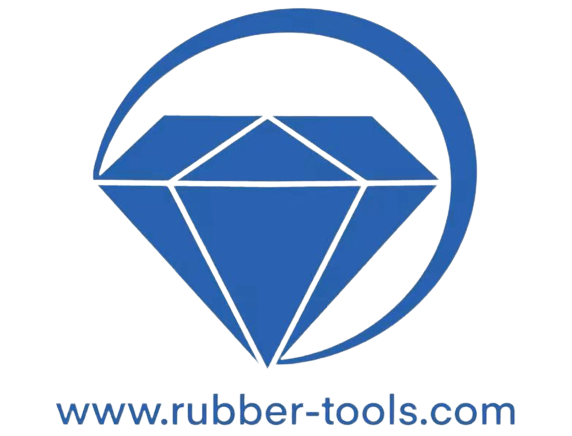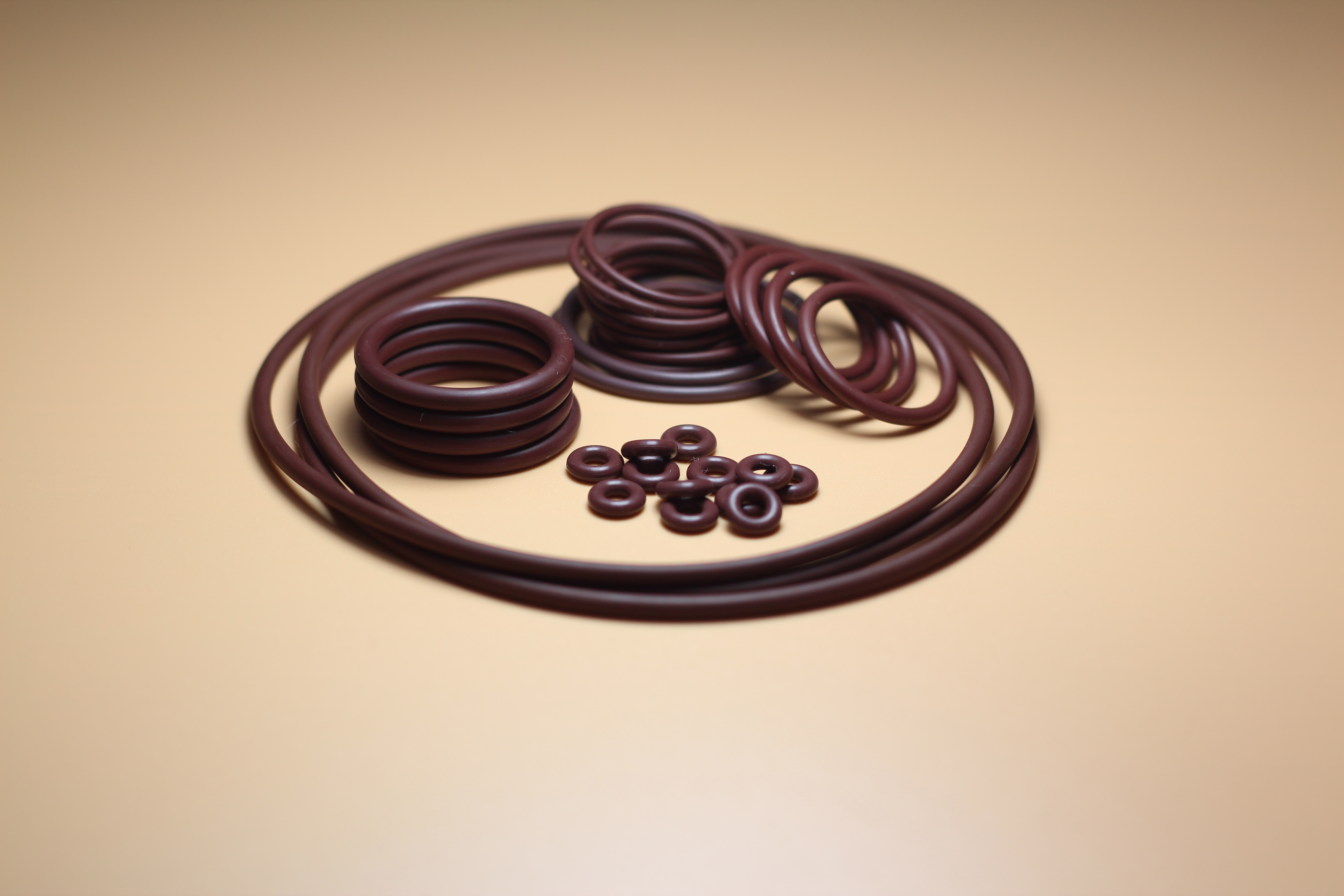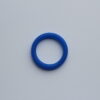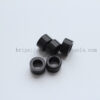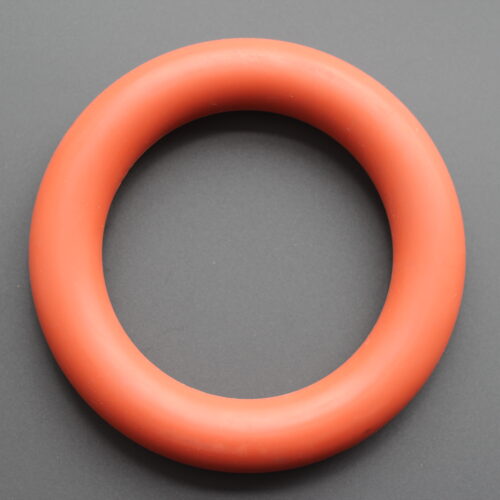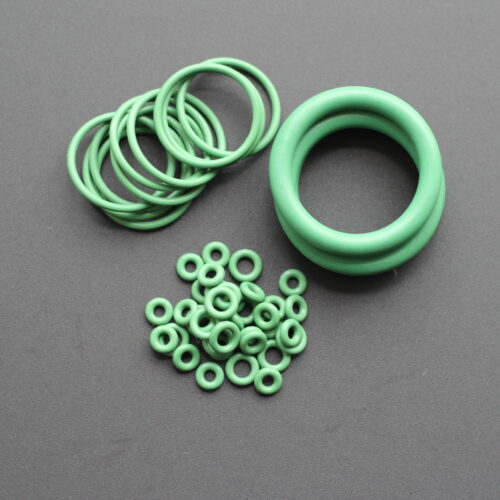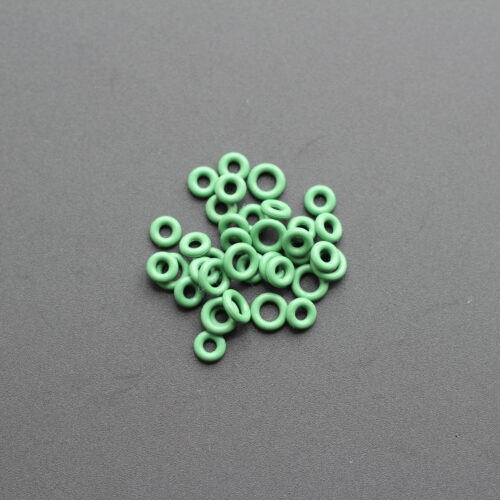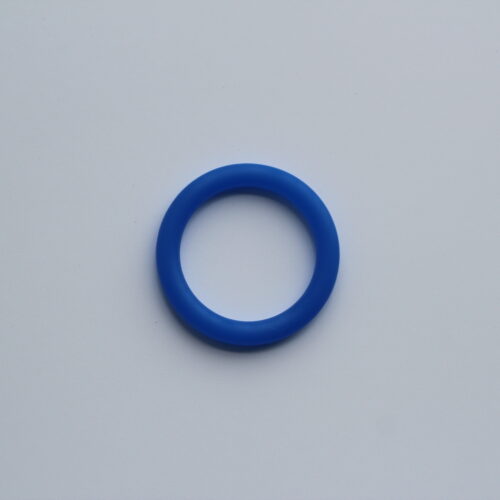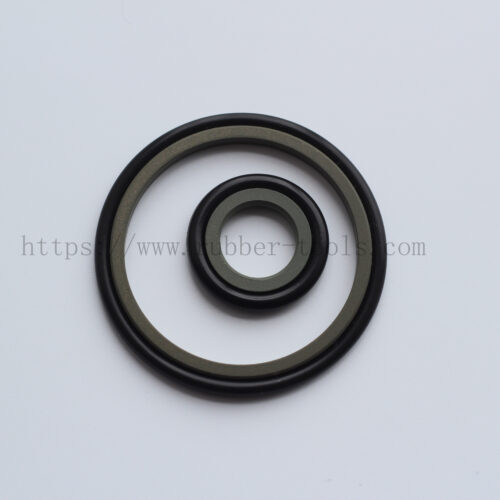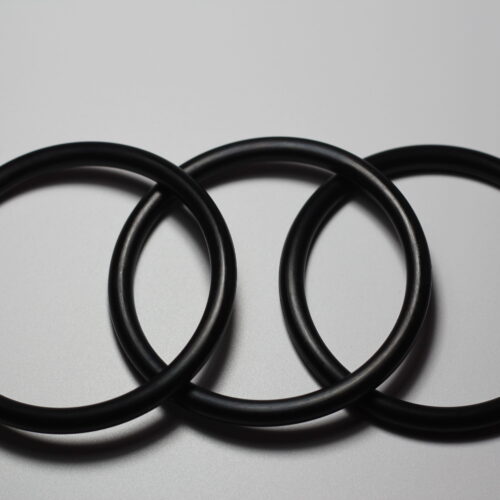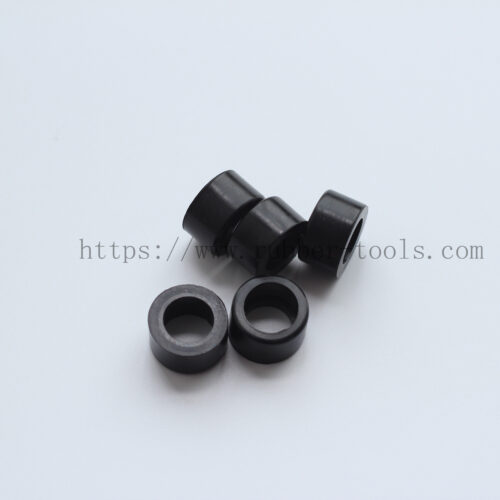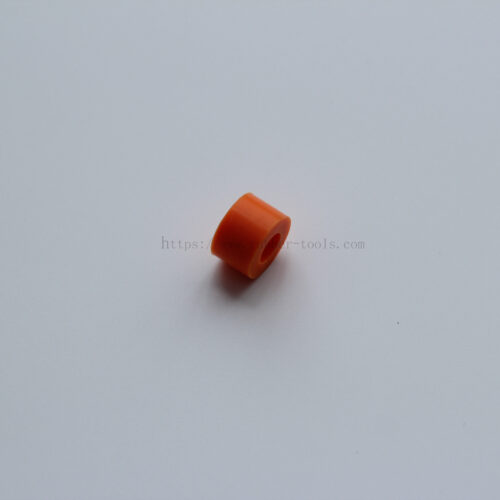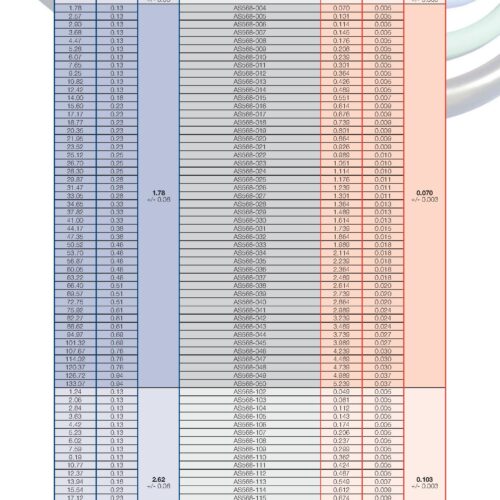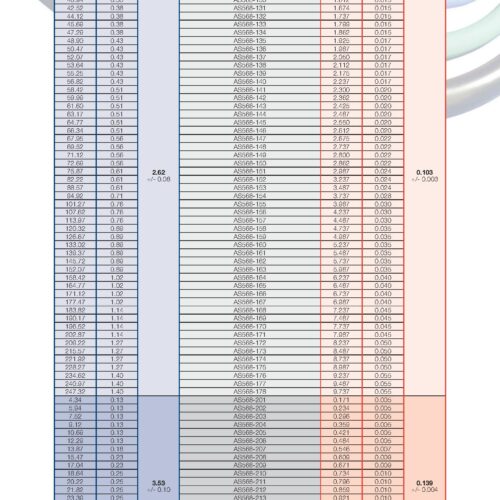Types of EPDM Seals and EPDM O-rings
- Standard EPDM O-rings: These are the most common type, suitable for a wide range of applications.
- Custom EPDM Seals: Tailored to specific dimensions or shapes based on unique requirements.
- High-Temperature EPDM Seals: Designed to withstand elevated temperatures without compromising integrity.
- Food-Grade EPDM O-rings: Suitable for applications in the food and beverage industry, meeting necessary health and safety standards.
Applications of EPDM Seals and EPDM O-rings
- Water Systems: Ideal for both potable water and steam systems due to its excellent water resistance.
- Automotive Industry: Used in brake systems, windshield wipers, and coolant systems.
- HVAC Systems: EPDM’s temperature resistance makes it suitable for heating and cooling systems.
- Pharmaceutical and Food Processing: Especially when using food-grade EPDM.
- Refrigeration Units: Due to its resistance to coolants and refrigerants.
Benefits of EPDM Seals and EPDM O-rings
- Weather Resistance: EPDM can withstand UV rays, ozone, and varying weather conditions, ensuring longevity.
- Chemical Resistance: Resistant to a range of chemicals, making it versatile across industries.
- Cost-Effective: Provides a durable and reliable sealing solution without a hefty price tag.
- Low Maintenance: Once installed, EPDM seals and o-rings require minimal maintenance, reducing operational costs.
Features of EPDM Seals and EPDM O-rings:
- Elasticity: EPDM retains its shape and elasticity even after prolonged exposure to harsh conditions.
- Temperature Range: Operates efficiently in a wide temperature range, from as low as -40°C to as high as 150°C.
- Color Options: Available in black, white, and sometimes other colors, especially when food-grade.
- Non-Polar: EPDM’s non-polar nature makes it resistant to many polar fluids such as water, acids, and alkalies.
FAQ about EPDM seals and EPDM o-rings
1. What is EPDM, and why is it used for seals and o-rings? Answer: EPDM stands for Ethylene Propylene Diene Monomer. It’s a type of synthetic rubber known for its excellent resistance to heat, ozone, weather, and many chemicals. Its diverse resistance properties make it an ideal material for seals and o-rings used in various applications.
2. Are EPDM seals and o-rings suitable for oil-based applications? Answer: While EPDM exhibits excellent resistance to many chemicals, it’s not recommended for use with mineral oils, fuels, and certain solvents. Always check compatibility before using EPDM in oil-based environments.
3. Can EPDM o-rings be used in food and beverage applications? Answer: Yes, but it’s essential to ensure that the EPDM o-rings are food-grade compliant. Food-grade EPDM o-rings meet specific health and safety standards, making them safe for use in food processing and beverage industries.
4. How do EPDM seals compare to other rubber materials in terms of temperature resistance? Answer: EPDM seals have a wide temperature range, typically from -40°C to 150°C, making them suitable for both low and high-temperature applications. While they excel in high-temperature environments, always cross-reference with specific application requirements.
5. How long do EPDM seals and o-rings last? Answer: The lifespan of EPDM seals and o-rings depends on the application, environment, and exposure to specific chemicals or temperatures. However, due to EPDM’s inherent resistance properties, they generally have a longer service life compared to many other rubber materials.
6. Do you offer custom sizes and shapes for EPDM o-rings and seals? Answer: Yes, we can provide custom sizes and shapes tailored to specific client requirements, ensuring a perfect fit for unique applications.
7. How do I store EPDM seals and o-rings to ensure their longevity? Answer: It’s best to store EPDM products in a cool, dry place away from direct sunlight and extreme temperatures. Proper storage ensures the material retains its properties and remains ready for use when needed.
FAQ for EPDM seals and EPDM o-rings Buyer
1. What makes EPDM a preferred material for seals and o-rings? Answer: EPDM, or Ethylene Propylene Diene Monomer, is a synthetic rubber known for its superior resistance to heat, ozone, and weather conditions. Additionally, it offers excellent chemical resistance, making it a preferred choice for various industrial applications where durability and longevity are paramount.
2. Are EPDM seals and o-rings resistant to oils and fuels? Answer: While EPDM is resistant to many chemicals, it’s not typically recommended for applications involving mineral oils, fuels, and certain solvents. It’s essential to understand the specific environment in which the seal or o-ring will be used to ensure compatibility.
3. Can I use EPDM o-rings in high-temperature environments? Answer: Absolutely. EPDM o-rings are known for their wide temperature range, typically functioning efficiently from -40°C to 150°C. This makes them suitable for both low and high-temperature applications.
4. Do you offer custom-designed EPDM seals and o-rings? Answer: Yes, we pride ourselves on catering to specific client needs. We can provide custom sizes, shapes, and specifications for EPDM seals and o-rings to ensure they fit your unique application requirements perfectly.
5. How do I ensure the longevity of my EPDM seals and o-rings? Answer: Proper storage and maintenance are key. Store your EPDM products in a cool, dry place away from direct sunlight. Regularly inspect them for any signs of wear or damage, especially if they’re used in demanding environments.
6. Are your EPDM seals and o-rings compliant with industry standards? Answer: Absolutely. Our EPDM seals and o-rings are produced following stringent industry standards, ensuring they meet or exceed the requirements for various applications. Our commitment to quality underscores our reputation as a reliable manufacturer.
These FAQs are designed to address potential concerns of B2B customers, emphasizing the reliability and expertise of the seller in the industry.
